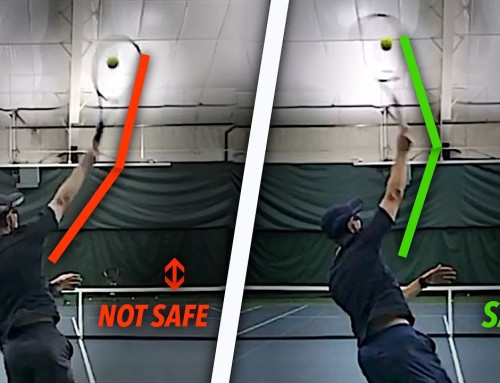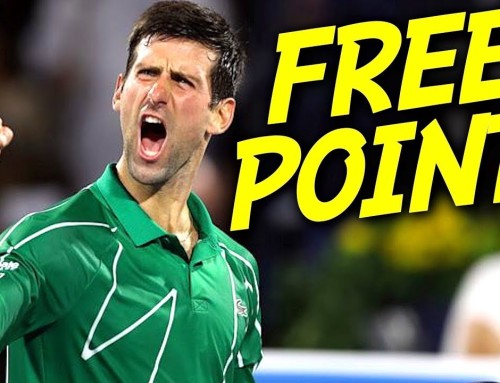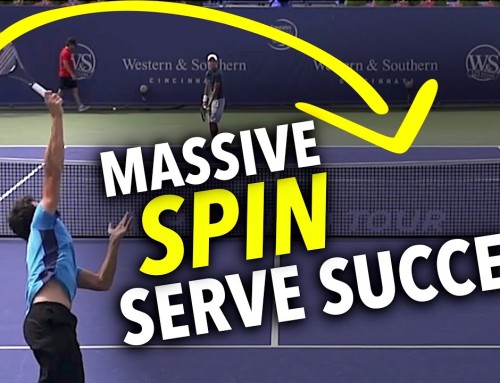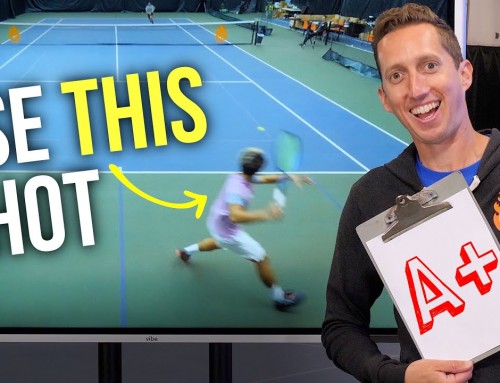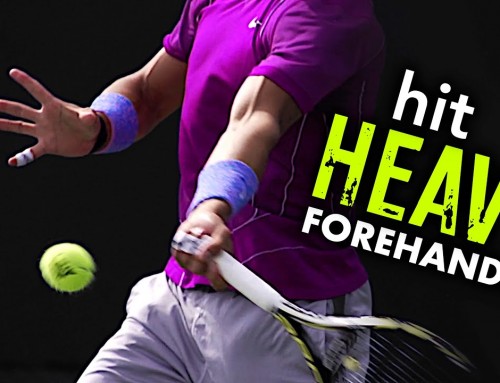Today we’re going to examine exactly how accurate the advice of “hit over the top” of the ball is when it comes to creating topspin.
I’ll be studying the topspin forehand of Roger Federer, Novak Djokovic, and Rafael Nadal to find out if there’s any truth to that phrase at all.
Question – Have you ever been told to hit “over the top” for topspin? Tell me about it in the comments below!



